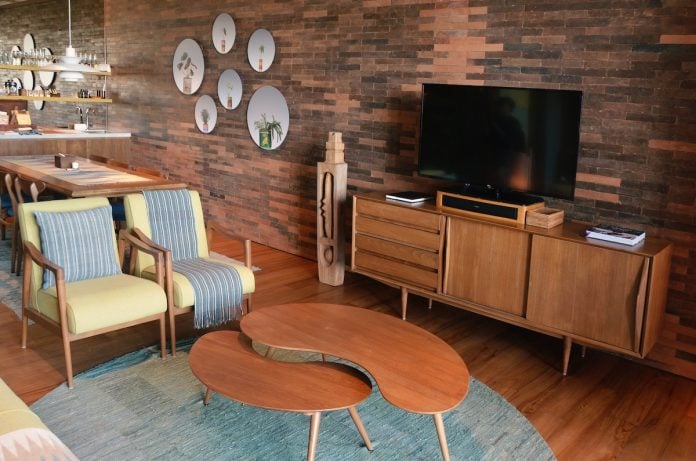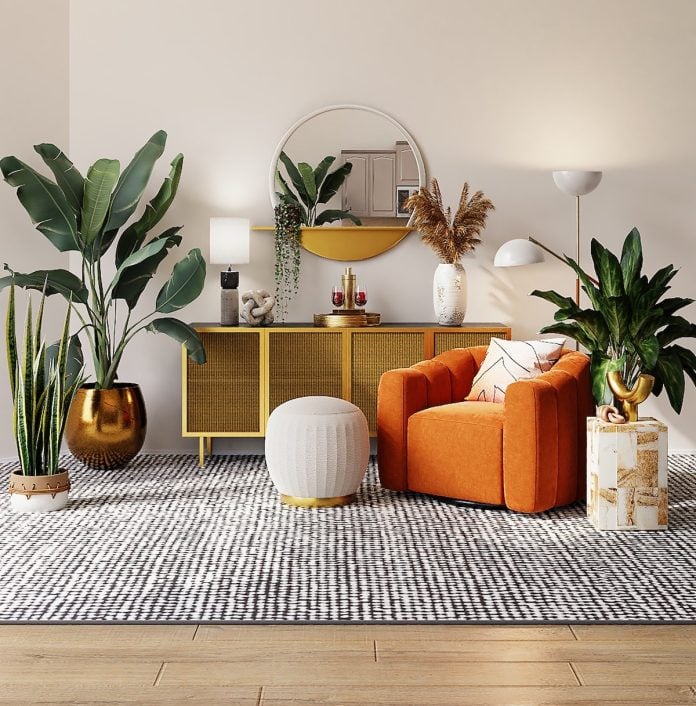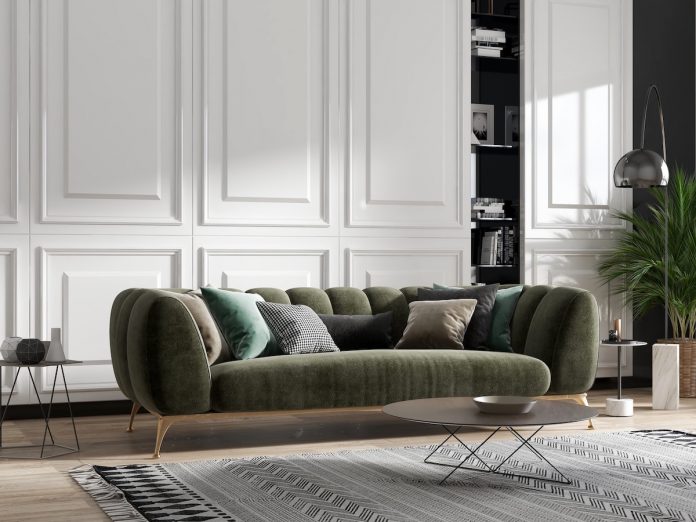8 Tips on How to Furnish Your New Home
Furnishing your new home is an exciting time. It’s an opportunity to craft the living space that will make you and your family most comfortable. More Americans than ever are thinking about redecorating their homes, with 70% of homeowners planning to redecorate in the next year. Whether you’ve moved into a new abode or want to perform a dramatic spring cleaning, here are our top tips on how to furnish your new home.
1. Focus on the Basics
Begin with the basics of furnishing your home. Remember, when it comes to furniture, there are pieces you need and pieces you want.
There’s no need to furnish your entire home in a short period. Instead, focus on what you need to get by before gradually adding items.
To begin with, you need a bed, a table with chairs, and a sofa. Those are the basics enabling you to relax, eat, entertain, and sleep.

2. Start with High-Traffic Areas
Furnishing a home requires a much bigger budget than most people think. Today, 84% of Americans prefer to buy new furniture, meaning you may need to slow down in your pursuit of furnishing your entire home.
Unless you have the time and the budget, prioritize those high-traffic areas. Where do you spend most of your time at home?
For example, focusing on the living room first makes sense if you prefer to spend your evening watching Netflix. Born-again entertainers may love to host dinner parties, so the dining area would be the place to start.
Prioritize the rooms you expect to get the most use out of before moving to those low-traffic areas of your home.
3. Create Custom Furniture for Your Home
Bespoke furniture is an easy way of forming a natural focal point and elevating your home. Custom furniture isn’t just for the rich and famous. It’s more affordable than you might think and enables your home to stand out from the crowd.
Luxury, bespoke design is sustainable and unique and beautifies your home, leaving it with an air of exclusivity.
Choose one or two rooms and begin designing one or two pieces of furniture. For example, you may prefer custom Amish furniture, which can bring a master bedroom to life. Alternatively, you may prefer an ultra-modern approach to your home, with a massive tech stack in the living room.
Engage a custom furniture designer in your area and begin collaborating on ideas for your home.

4. Establish Your Style
Everyone has a personal style reflecting who they are. It could be minimalism, nature, or just a boho vibe. Think of the attributes that make up your style and how you can incorporate them into your home.
Well-designed homes have a thread that runs throughout every room. Unified, cohesive designs create an unbeatable aesthetic.
Before you begin furnishing, write down what matters to you. It doesn’t have to be anything specific. Simply naming a style you love is enough for you to get started.
If you have the budget, consider drafting an interior designer who can tease the finer points of design out of you.
5. Personalize Your Space
The biggest mistake people make with home furnishings is attempting to replicate the showroom examples they’ve seen at their local home furnishings store. Firstly, these are idealized views of what your room may look like. You’ll never duplicate what you saw because every home is different.
Throwing in a few pieces of furniture can make your home feel eclectic rather than homely. Create a fluidity that combines the old and the new. Personalizing your space generates a warmth you can only get through a lived-in home.
Add a scented candle, include some fresh flowers, or splurge on Egyptian cotton bed sheets.

6. Less is More
Minimalism is often dismissed as applying exclusively to people who want less stuff. Yet this is a concept that goes further than decluttering your home. Evidence has shown applying minimalism improves everything from financial freedom to mental health.
Minimalism doesn’t have to mean empty rooms. It means removing anything that isn’t relevant to your daily life.
For example, what’s the point in having a wardrobe dedicated to clothing you never wear?
When furnishing your home, think about what you’ll need on a somewhat daily basis. Again, it’s the debate between need vs. want. There’s nothing with having some superfluous items at home, but the last thing you want is clutter.
A home may be designed to project style, but its primary purpose is functional.
7. Neutrals are Your Best Friend
Color can add new dimensions to your home, but painting every wall in the house is an easy way of overloading your home’s aesthetic.
Too many textures, designs, and colors will cause everything to clash. Instead, keep your design simple by opting for neutral colors for walls, flows, and ceilings.
Choosing neutral colors doesn’t mean removing color entirely. Instead, let your furniture or a well-positioned throw pillow add those bursts of color to your room.
The best part about choosing non-permanent features to add color is you can switch them out whenever you want. For example, moving specific colors from your bed sheets or cushions can allow your home to transition with the seasons.
8. Lighting is Key
Good lighting can make or break a design. Even the best bespoke furniture can’t compete if poor lighting is in play.
Choose window coverings enabling you to control light, privacy, and temperature control. Temperature control is especially important because direct sunlight can quickly warp and fade home furnishings.
The key is controlling the lighting because you may want an open space focusing on natural light in the summer and a cozy ambiance in the winter.
Conclusion
Home furnishings are crucial to making your house a home. Whether you choose mass-produced furniture from your local furniture store or engage a designer for some bespoke furniture, how everything fits together is key.
It’s well worth speaking to an interior designer about your ideas and soliciting recommendations for beautifying your home.
What are your top tips for furnishing your home?





